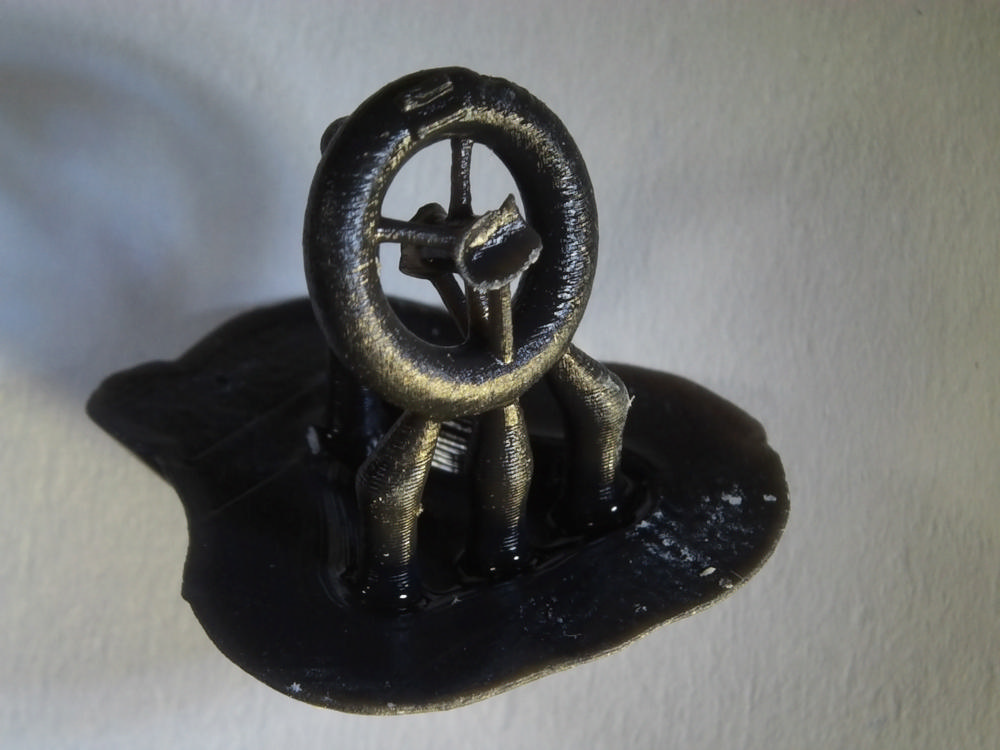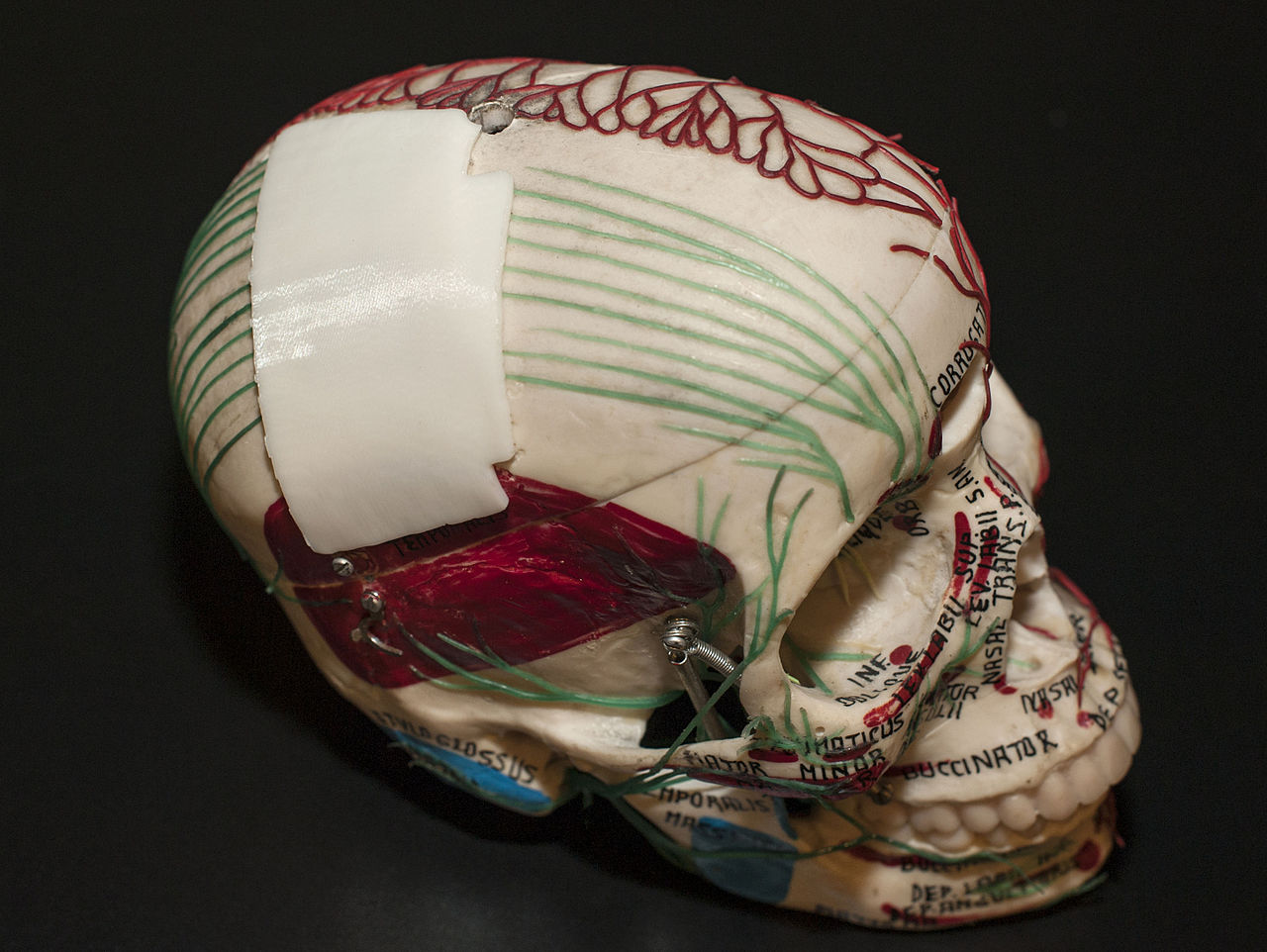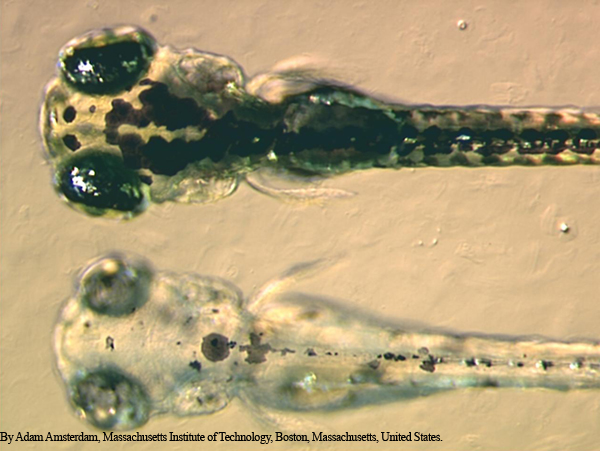3-D printed dentures containing an antifungal drug have been developed by researchers at the University at Buffalo to prevent common infections which occur in individuals who wear the prostheses. Fungal infections associated with dentures – known as denture stomatitis – cause redness, swelling and inflammation of the gums, and affect two-thirds of all denture-wearers in the US.
Using 3-D printing technology, the researchers created dentures that contain tiny pockets of the antifungal drug Amphotericin B. According to the study published in the journal Materials Today Communication, the medication is slowly released as the dentures are being worn, helping to reduce fungal growth on the prosthesis and prevent fungal mouth infections. While current strategies used to disinfect dentures – including microwaving, using mouthwashes or cleaning with baking soda – can help to reduce fungal buildup on the device, they do not always prevent future infections in the wearer.
“The major impact of this innovative 3-D printing system is its potential impact on saving cost and time,” said Dr. Praveen Arany, the study’s senior author and an assistant professor in the Department of Oral Biology in the UB School of Dental Medicine.
The technology also allows doctors to create custom dentures for patients while they’re still in the office, which is much faster than the current system. Dental molds are currently sent to a specialty manufacturing laboratory where dentures can take multiple days to multiple weeks to be produced and sent back to the patient. According to Arany, the process of impregnating materials with antifungal drugs could be applied to more than just dentures; other medical devices, including cardiac stents, splints and casts could benefit from this technology.
“The antifungal application could prove invaluable among those highly susceptible to infection, such as the elderly, hospitalized or disabled patients,” said Arany.
In developing the 3-D printed dentures, Arany and his colleagues decide to use acrylamide as the primary material in the device due to its ubiquity in currently-available dental appliances. However, since the acrylamide was embedded with microscopic capsules filled with Amphotericin B, they performed strength tests on the dentures using a flexural strength testing machine to determine whether they would be weaker compared to conventional dentures. The researchers did find that the drug-containing dentures were 35 percent weaker than normal dentures, however they did not fracture as a result of the flexural stress test.
The team also assessed the ability of the dentures to slowly release the antifungal drug over time. The tiny capsules – dubbed “microspheres” – were designed in such a way as to withstand the heating process during 3-D printing of the dentures but biodegrade and release the drug over time.
Using a slightly altered form of acrylamide designed to hold the antifungal drug, the researchers tested dentures composed of as little as one and as much as 10 layers of the material to determine its drug carry capacity. The single layer proved to be the most effective at slowly releasing Amphotericin B, as dentures composed of five or 10 layers of acrylamide were too thick to optimally dispense the antifungal.
Arany and his team hope to improve the 3-D printed, drug-containing dentures in the future to make them stronger and more amenable to readjustment. The researchers believe that carbon nanotubes and glass fibers could improve the mechanical strength of the dentures.
As the world’s population continues to age, the market for dentures and other dental prostheses is expected to grow by 14 percent by the year 2020. In 2015, the dental biomaterials market was worth over $66 billion.










Join or login to leave a comment
JOIN LOGIN